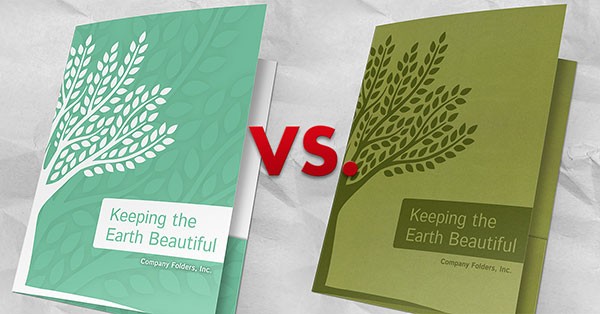
If you’ve ever done theater or public speaking before, you know that the background behind a subject – even something as simple as a red velvet curtain, as opposed to a plain white wall – can make a big difference. To that end, design clients sometimes pick a colored stock for their marketing materials because they want to accent their design with a more interesting background.
But the same results (and in many cases, better results) can be achieved by printing a background color in ink directly on to the paper. Using printing instead of colored stock gives you a better degree of flexibility when designing your marketing collateral.
Even so, it isn’t always the best choice, and it comes with several drawbacks you might not be happy with.
In order to decide which is best for your design, you have to look at all the ways printing a background can help your project—and all the ways it can also hinder it.
The Pros
Won’t alter the look of your printed elements
The greatest argument for printing a background instead of using colored stock is that you’ll have the most accurate representation of your printed elements. Inks are translucent, so they tend to take on the properties of whatever they’re printed on. When ink is printed onto colored stock, the color will show through the ink, making the design look washed out. In certain cases, washing out your design may be an intentional stylistic choice, but there’s a good chance it’s not.
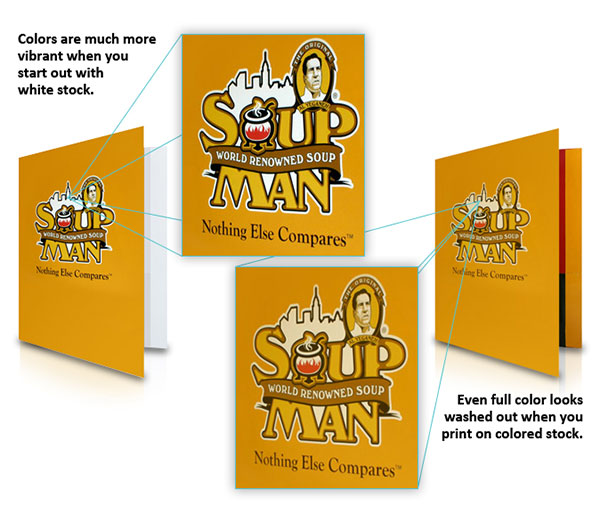
This effect is less noticeable when using dark ink on light paper, so you may be able to get away with colored stock in these cases. Still, printing your background on white stock ensures the most accurate rendering of all of your design elements. White stock is also universal—it works when selecting an imprint method, including 4-color process, PMS spot printing, embossing and foil stamping.
Get a greater range of design possibilities
When you choose a colored stock for your background, it’s just one solid color. But when you print a background, you have a greater amount of design flexibility. For starters, you can use more than one color, allowing you to create patterned, textured or even photographic backgrounds. Ink can also be applied in a gradient for a fading effect that lets some of the white stock shine through for a lighter shade.
Most printers don’t carry every color of stock, but practically any color can be reproduced using ink. This means that the background of your marketing materials can match your exact brand colors instead of just the closest available option.
White elements come from the stock
If your design contains white elements, using white stock with a printed color background is your best option for achieving an accurate white hue. When printing on white stock, the stock itself is used to create any white elements. If you place a white flower against a blue sky, only the blue part is printed; the white area is the stock showing through. In fact, it’s not even possible to create a white tone using CMYK inks.If you’re working with PMS printing, each application of ink increases your production costs, so using the white stock instead of white ink helps keep your price low. Using white paper stock also creates a more accurate color and a crisper contrast between the white and colored elements (as opposed to using white PMS ink on colored stock).
The Cons
White edges on your stock
When you print a colored background on white stock, you’ll always be able to see the white of the stock on any edge where the paper was cut. We often think of paper as a two-dimensional object, but it does have a third height dimension (albeit a very small one). It’s so small that ink cannot be applied to it, but big enough that the white stock can be noticed by the naked eye (especially with thicker stocks).
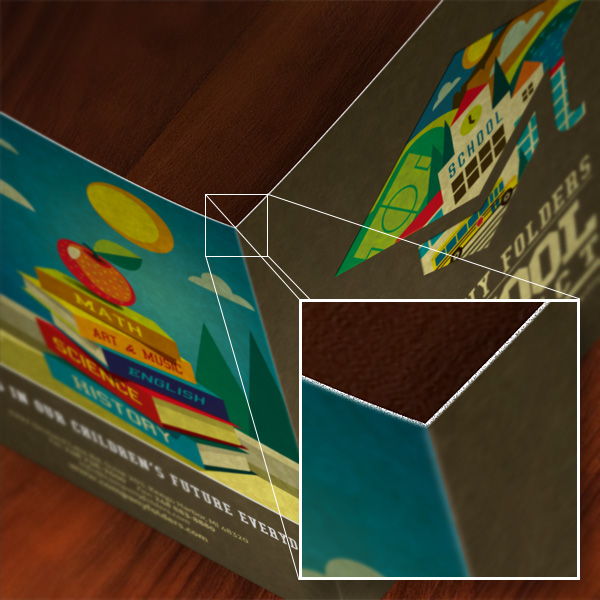
Colored stock, on the other hand, includes multiple coatings of dye to the point where the color of the paper is changed all the way through. When you cut a piece of blue stock, it creates an edge with the same blue color as the rest of the stock.
Increases the overall price of your product
For your printed color background to appear on both the inside and outside of a folder (or both the front and back of a postcard or business card), you’ll have to use two-sided printing rather than one. That means you’ll have to pay more money to fully replicate the look of colored stock using ink.

With PMS spot printing, using a printed background also means another application of PMS ink—and for each new layer of ink, the cost of the project will increase.
Selecting 4-color process allows you to print with multiple colors at no additional cost, but not all colors are available with this method, so you may have to pay to add an extra layer of PMS ink to get the background you want.
Increases production time
When you have to use colored ink to print your background, it can increase your production time. Printing a background with PMS ink requires an additional application of ink, which may double the amount of time it takes to print your media.

Even with 4-color process, the production time can sometimes take a little longer if there is a greater amount of surface area to print. Failing to compensate for this extra production time could mean missing important deadlines.
Unnecessary for foil/embossed designs
If your design utilizes blind embossing and/or foil stamping (with no printed elements whatsoever), then adding a background color in ink is usually unnecessary since you don’t need to worry about the color of the stock showing through.
Not only that, but both of these imprint methods tend to look better on colored stock anyway. Dark colored stock creates a better contrast for foil stamped elements, making them visually pop off the page.
Likewise, it’s easier to see embossed elements when they’re imprinted onto dark colored stock.
So should you print or not?
Let your design determine which method you use to add color to your background. If your design calls for light printed elements, go with a printed color background and do what you can to minimize the downsides. If your design calls for colored stock, you’ll have to rely on fewer imprint options to get your message across. In the end, the design and branding requirements will determine the final word on which method you choose.
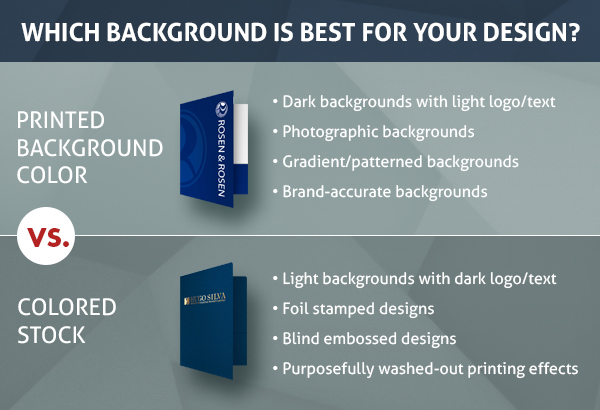
We want to see your print media projects with creative printed backgrounds or vibrant color stocks. Leave a comment below and share your examples!

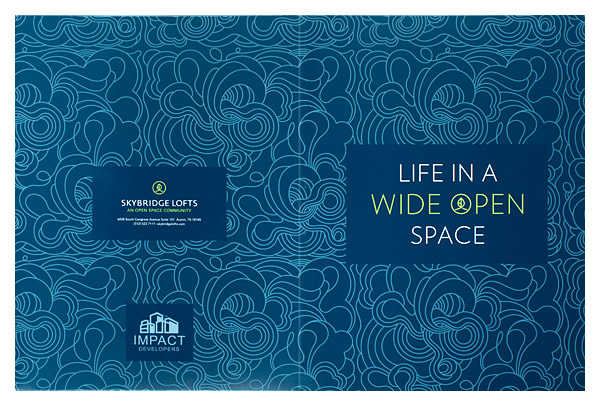
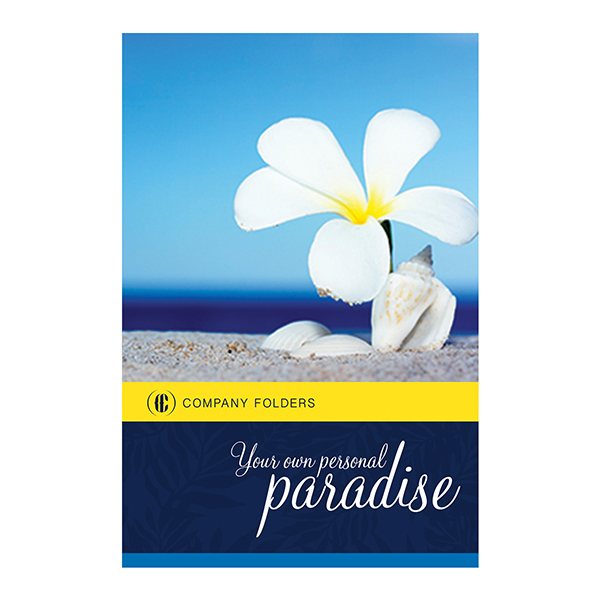
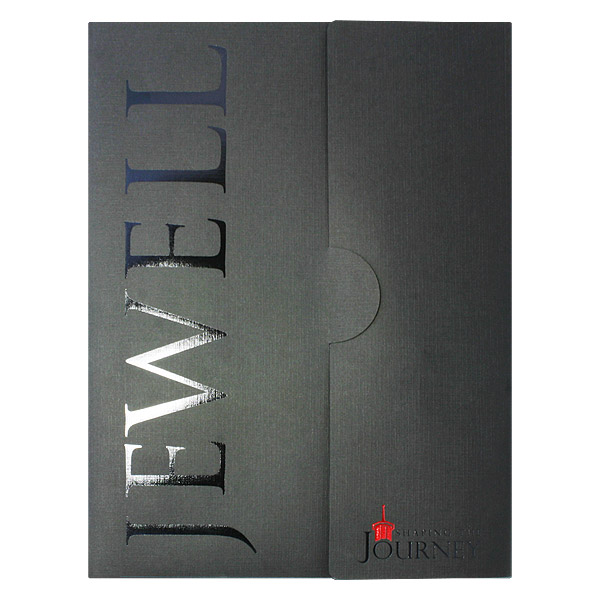




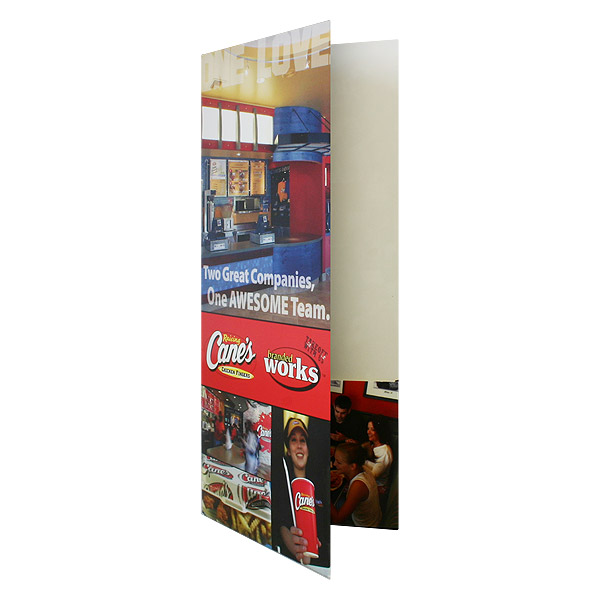
I had no idea colored stock could make my design look washed out. I’ve been thinking about printing my next batch of business cards on blue stock. Now I’m reconsidering—-thanks guys!
I think that whenever possible, a coloured stock should be preferred over printing on white paper. The main reason being that the printing process, however fine and smooth, always leaves traces. An attentive eye can almost always spot when printing has been used to simulste a background.